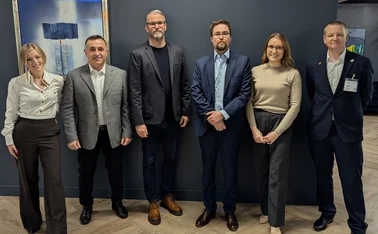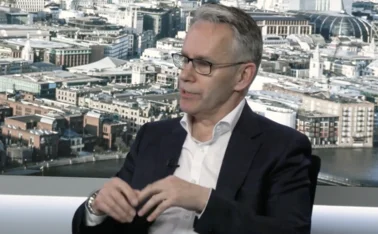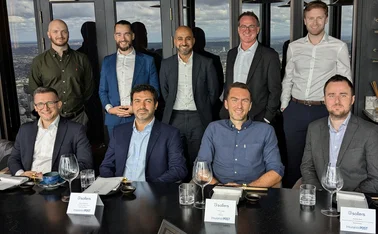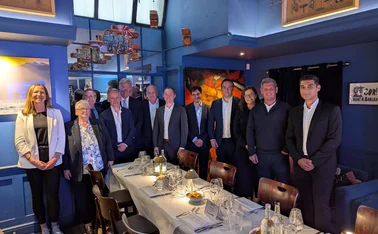
FNOL efficiencies grow with data enrichment

The urgency to bring greater efficiencies to first notification of loss and beyond has heightened as the market tackles rising fraud, cost inflation in repairs, and new pricing regulations that can make the claims experience more of a competitive differentiator, says Kajal Vakas, senior manager of claims, LexisNexis Risk Solutions, Insurance, UK and Ireland.
Claims directors have sought to enhance their claims processes for several years – not just to cut costs but to support a better experience that could make a crucial difference at renewal. As
Only users who have a paid subscription or are part of a corporate subscription are able to print or copy content.
To access these options, along with all other subscription benefits, please contact info@postonline.co.uk or view our subscription options here: https://subscriptions.postonline.co.uk/subscribe
You are currently unable to print this content. Please contact info@postonline.co.uk to find out more.
You are currently unable to copy this content. Please contact info@postonline.co.uk to find out more.
Copyright Infopro Digital Limited. All rights reserved.
As outlined in our terms and conditions, https://www.infopro-digital.com/terms-and-conditions/subscriptions/ (point 2.4), printing is limited to a single copy.
If you would like to purchase additional rights please email info@postonline.co.uk
Copyright Infopro Digital Limited. All rights reserved.
You may share this content using our article tools. As outlined in our terms and conditions, https://www.infopro-digital.com/terms-and-conditions/subscriptions/ (clause 2.4), an Authorised User may only make one copy of the materials for their own personal use. You must also comply with the restrictions in clause 2.5.
If you would like to purchase additional rights please email info@postonline.co.uk








